Midjourney Style Reference (SREF) Guide: Codes & Examples
Master Midjourney's SREF feature to apply consistent artistic styles. Learn parameters, best practices, and discover curated style collections for your art.
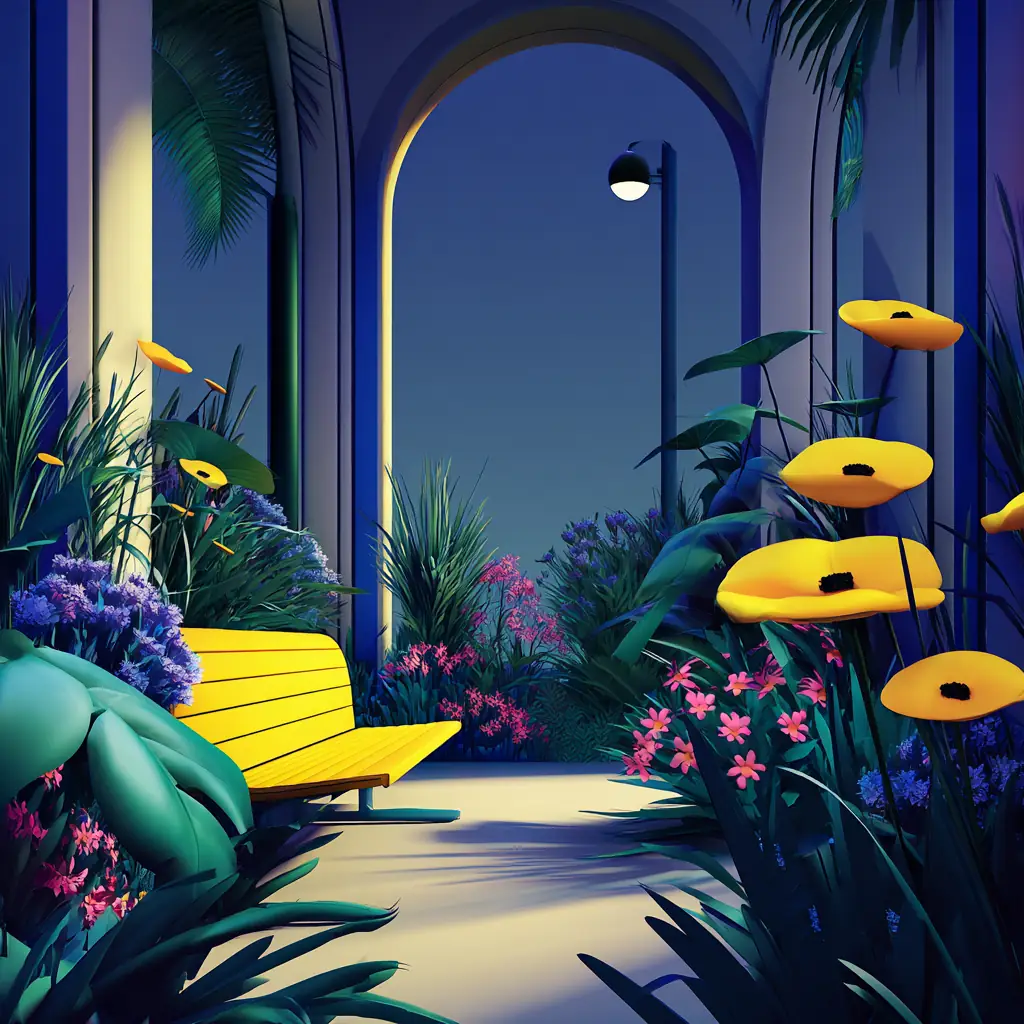
Style Reference (SREF) is one of Midjourney's most powerful features, allowing you to apply consistent artistic styles to your generations using simple numeric codes or image URLs. With access to over 4 billion unique style references, SREF opens up endless creative possibilities.
What is SREF?
The Style Reference feature allows you to add the --sref parameter to your Midjourney prompts, applying pre-defined visual styles to your generations.
Here's the same prompt with and without style references:
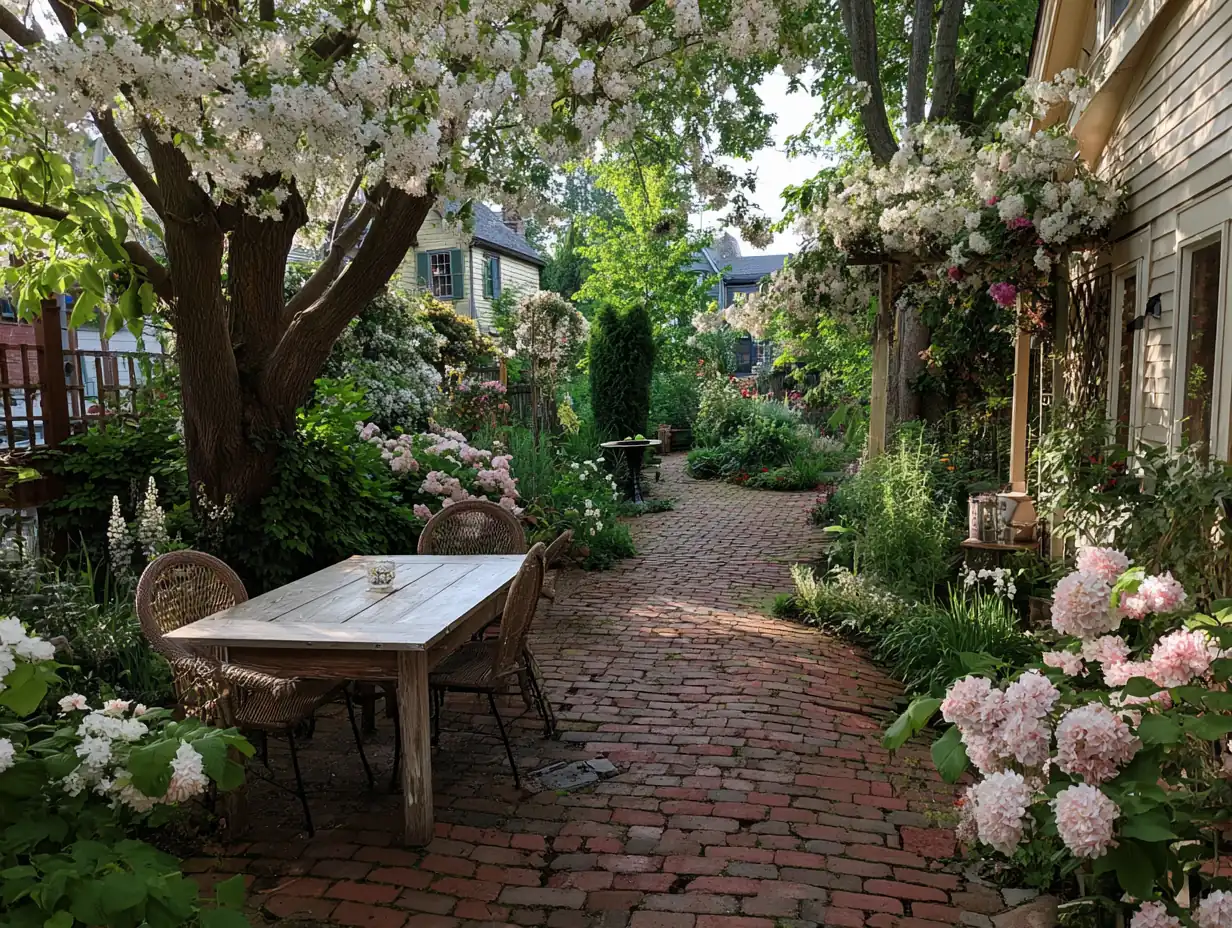
Without SREF
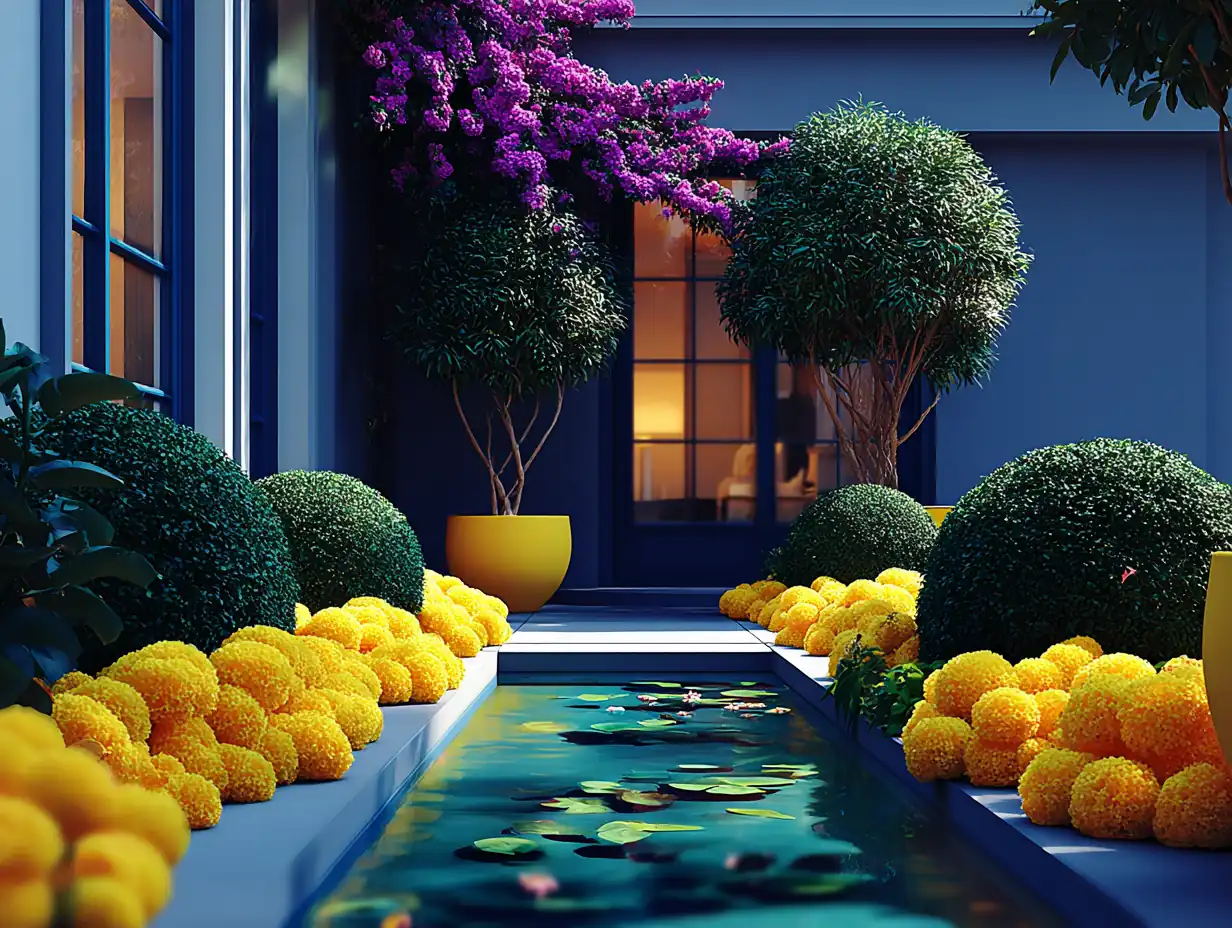
With SREF (--2653204188)
Notice the distinct artistic style applied with the SREF code - the same prompt produces dramatically different results.
Three Ways to Use SREF

1. Numeric Codes
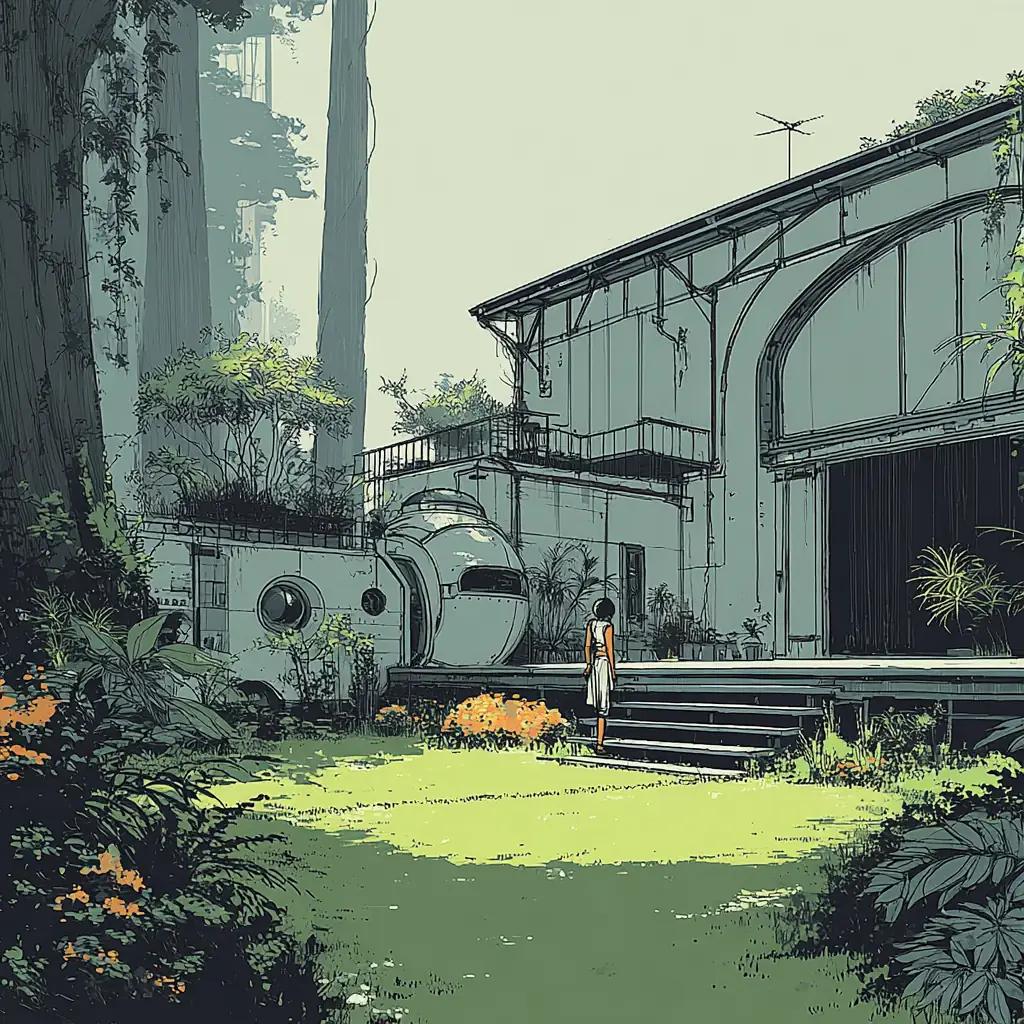
2. Image URLs

3. Random Generation
1. Numeric Codes - Access 4 billion+ style variations. Each code represents a unique artistic style that can be consistently applied across multiple generations.
2. Image URLs - Use any image as a style reference. Reference your own images or existing artwork as style guides.
3. Random Generation - Discover new styles automatically. Midjourney will generate a random style code that you can note and reuse for consistency.
Key Parameters
--sref [number or URL]
The main style reference parameter that defines which style to apply.
Usage options:
- Numeric codes:
--sref 2653204188 - Image URLs:
--sref https://cdn.midjourney.com/7633d57c-1da2-46e0-bb06-fb9c5f4b6cc6/0_3.jpeg - Multiple codes:
--sref 123456 789012 - Random style:
--sref random
--sw [0-1000]
Style Weight controls how strongly the style influences your image.
Pro Tip:
Recommended sweet spot: 65-175 for most applications. Start at 100 and adjust up or down based on results.
| Range | Effect | Use Case |
|---|---|---|
| 0-50 | Subtle influence | When you want minimal style impact |
| 50-200 | Balanced application | Default range for most projects |
| 200-1000 | Dominant influence | When style should overpower content |
Default: 100
mountain landscape --sref 2653204188 --sw 150

--sv [1-6]
Style Version ensures compatibility with different Midjourney models.
- Default: 6 (for Midjourney V7)
- Use
--sv 4for legacy V6 codes - Older codes may render differently in newer versions
close-up portrait of an elderly fisherman with weathered skin --sref 178455688 --sv 4

Compatibility Issue:
If a style code doesn't look right, try adding --sv 4 for backward compatibility with older codes.
Advanced Techniques
Combining Multiple SREF Codes
You can blend multiple style references using weights:
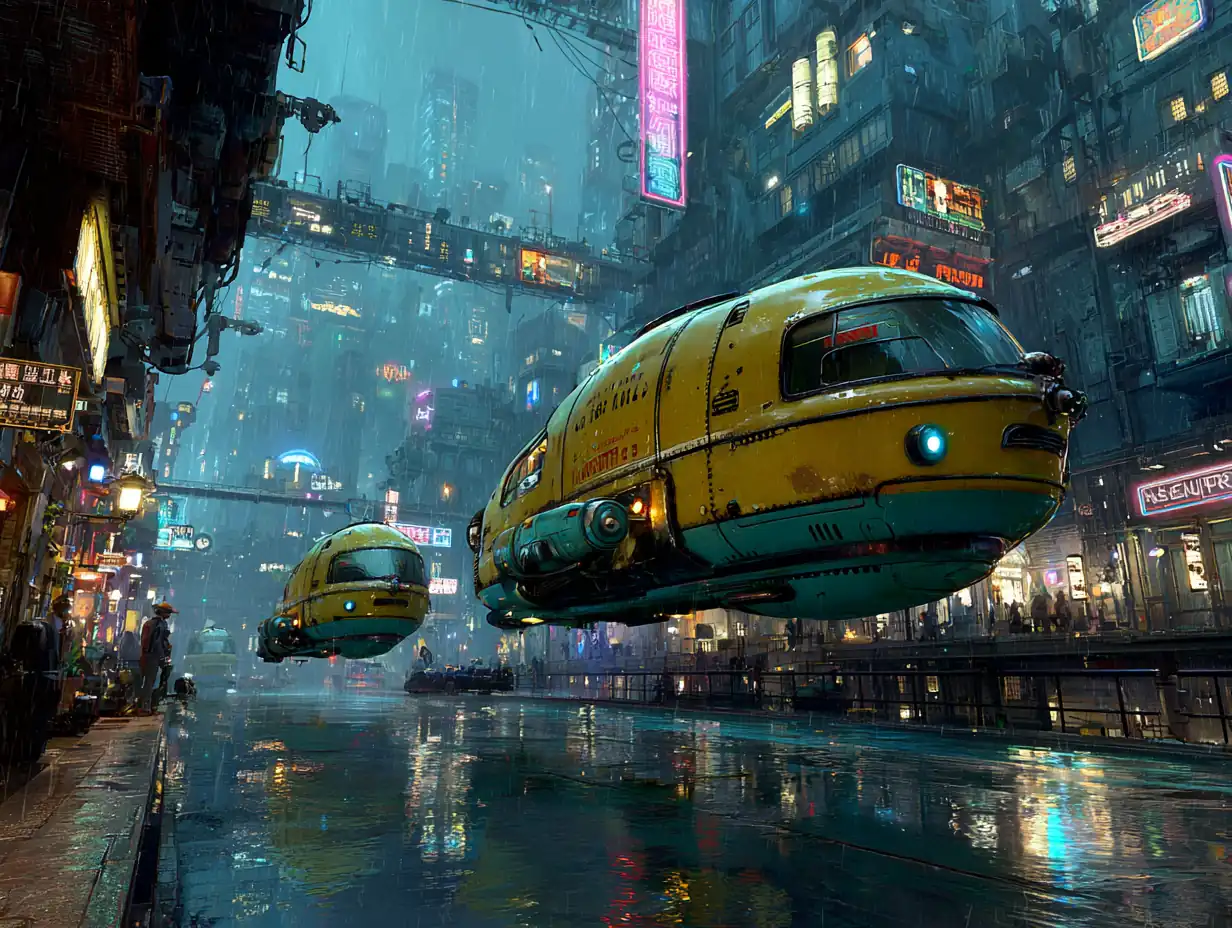
Without SREF
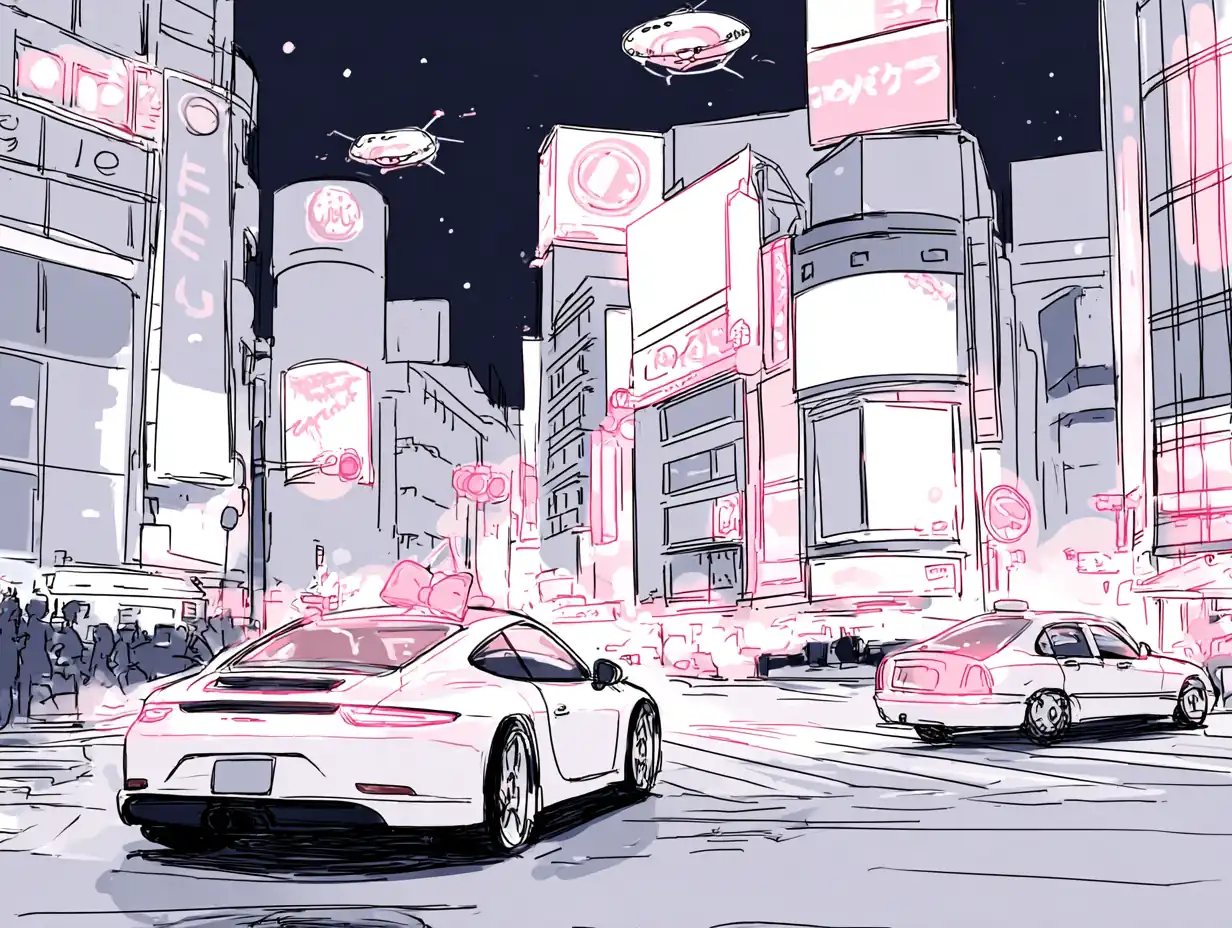
With Blended SREF
The ::2 and ::1 indicate relative weights. In this example, the first code has twice the influence of the second.
Advanced Technique:
Experiment with different weight ratios like ::3 ::1 or ::5 ::2 ::1 for more complex style blending.
Using --sref random
Discover new styles by generating random codes:
vibrant abstract art with swirling colors --sref random
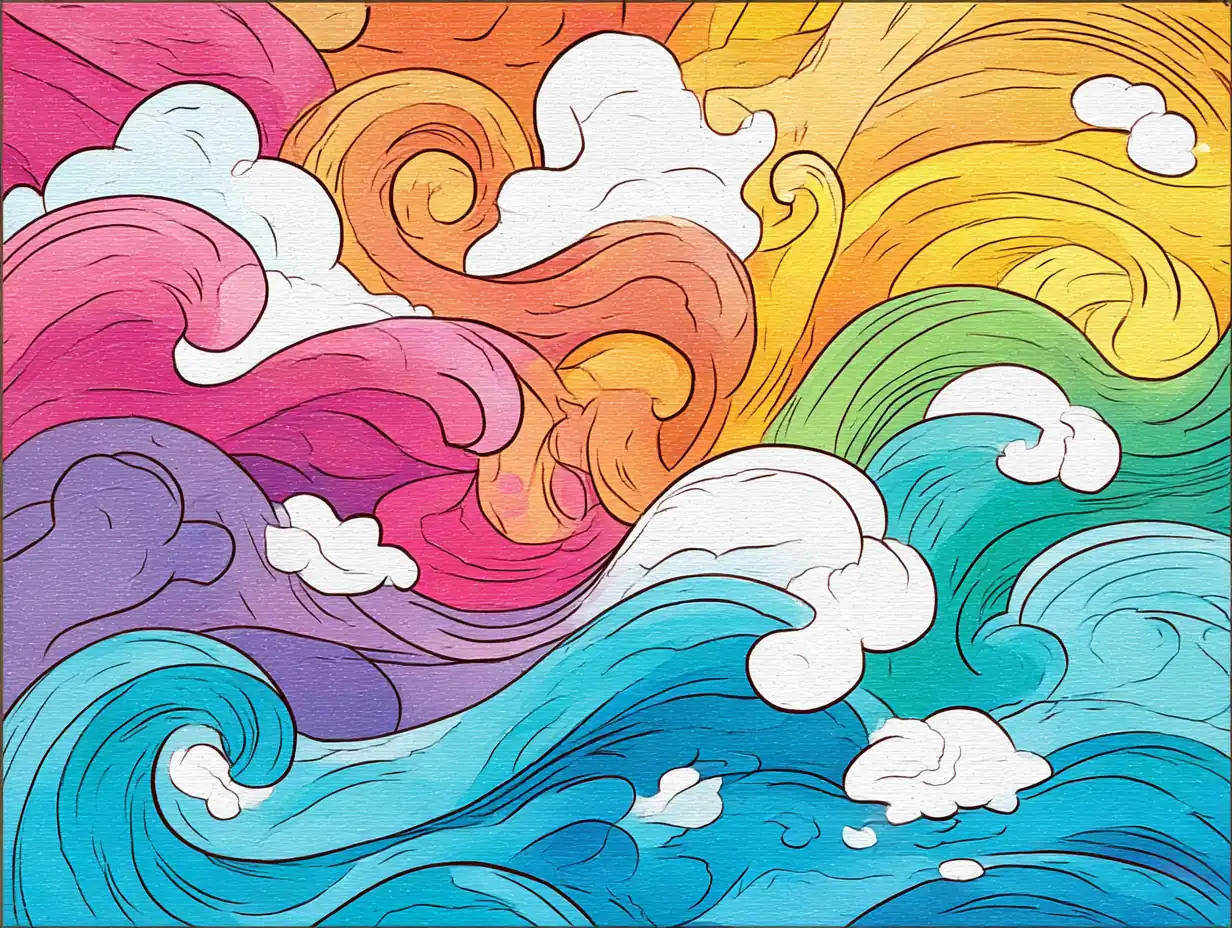
Midjourney will assign a random style code that you can note and reuse in future prompts.
How to Find Your Random Code:
After generating with --sref random, check your job details in Midjourney to see which code was assigned. Save codes you like for future use!
Combining with Other Parameters
SREF works beautifully with other Midjourney parameters:
fantasy warrior in golden armor standing on a cliff edge --sref 2653204188 --sw 150 --chaos 30 --stylize 500 --ar 16:9
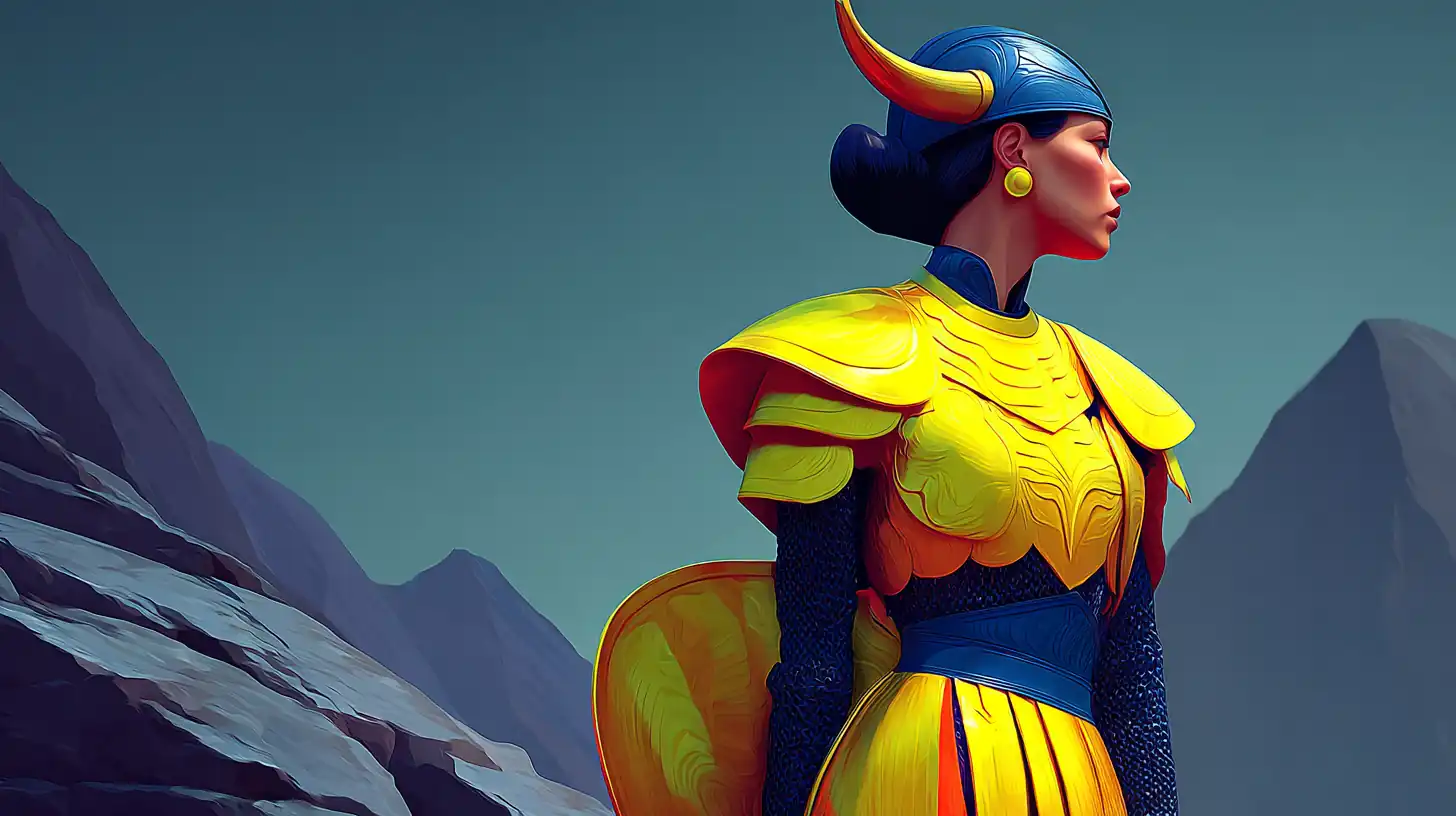
Explore Style Categories
Discover curated SREF codes organized by aesthetic and use case:
Photorealistic
Professional photography and lifelike imagery with perfect lighting and detail.
portrait of a professional business woman in a modern office --sref 178455688 --sw 140
Quick Codes:
--sref 178455688- Studio portrait photography--sref 3928471650- Natural light photography--sref 1847293560- Golden hour outdoor shots
Cinematic
Hollywood-quality film aesthetics with dramatic lighting and composition.
intense action scene with a car chase in a rainy urban setting --sref 3847362891 --sw 130
Quick Codes:
--sref 3847362891- Epic blockbuster style--sref 1437169138- Film noir with dramatic shadows--sref 2940173856- Sci-fi futuristic cinematography
Anime
Japanese animation styles from classic cel animation to modern digital techniques.
anime character portrait of a magical girl with glowing staff --sref 4281957360 --sw 120
Quick Codes:
--sref 4281957360- Studio Ghibli style--sref 1928473650- Modern anime aesthetic--sref 3847162950- Retro 90s anime
Artistic
Traditional art movements and painting techniques from impressionism to expressionism.
serene landscape painting of a rolling countryside at sunset --sref 2847193560 --sw 150
Quick Codes:
--sref 2847193560- Impressionist brushwork--sref 1947382650- Oil painting texture--sref 3829471650- Watercolor wash effects
Abstract
Non-representational art with geometric shapes, fluid forms, and conceptual designs.
abstract composition with geometric shapes and primary colors --sref 2938471650 --sw 140
Quick Codes:
--sref 2938471650- Geometric minimalism--sref 1847293651- Fluid organic shapes--sref 3928471651- Colorfield abstraction
Minimalist
Clean, simple aesthetics with focus on essential elements and negative space.
minimalist living room interior with white furniture and large windows --sref 2847193560 --sw 125
Quick Codes:
--sref 2847193560- Scandinavian simplicity--sref 3928471652- Japanese Zen aesthetic--sref 1847293652- Modern minimalism
Vintage
Historical photography and retro aesthetics from various decades.
vintage portrait of a 1920s jazz musician with a saxophone --sref 2938471653 --sw 130
Quick Codes:
--sref 2938471653- Victorian photography--sref 1847293653- 1970s analog film--sref 3928471654- Retro polaroid style
Next Steps
Start Experimenting:
- Pick a style category that matches your vision
- Start with the recommended codes and
--sw 100 - Adjust style weight based on your needs
- Save codes that work well for your projects
Explore each category page for more detailed examples, use cases, and advanced techniques.
Related Articles
Research Methodology Guide
Master research methodology with these ChatGPT prompts designed to help you plan, execute, and analyze your research effectively.
Typography & Calligraphy Prompts: Nano Banana Guide
Design beautiful text-based art, calligraphy, and custom typography with Nano Banana. Turn words into visual masterpieces.
Fine Art Style SREF Codes for Midjourney
Discover curated Midjourney SREF codes for fine art aesthetics including classical, modern, and contemporary art movements. Complete guide with examples and tips.